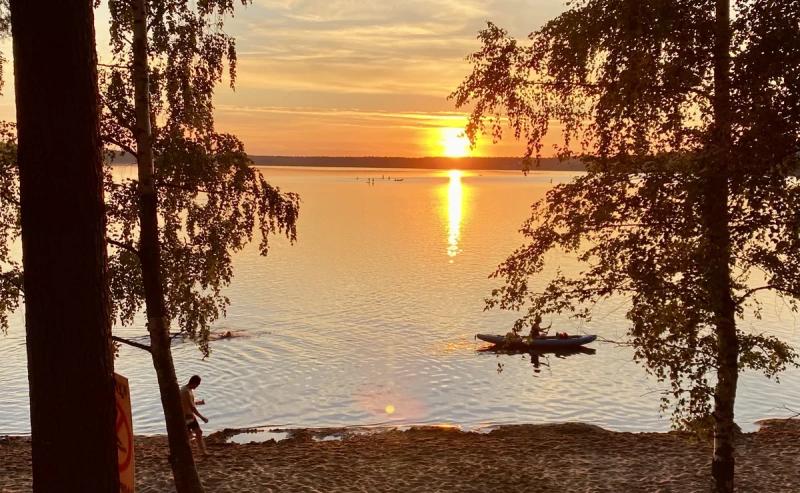
-
To have lunch in one of the cafes, for example, in Losevo: the owners of restaurants and recreation centers there exploit moose in naming, it’s quite funny. By the way, you can also swim in Losevo in warm weather. And there is also a Vuoksa. There is no need to try to understand how the Vuoksa flows – it is everywhere there.
-
Buy Karelian trout. You can even smoke it.
ROUTE TWO: WE ARE GOING TO LADOGA ON THE ROAD OF LIFE
This route through Vsevolozhsk is one of the most famous roads not only in the Leningrad region, but also, perhaps, in Russia. During the Siege of Leningrad, the Road of Life ran here (approximately, not necessarily along the paved modern path). The route is heartwarming, but mandatory for everyone. Just being here, looking at and thinking about the past is useful for both adults and children.
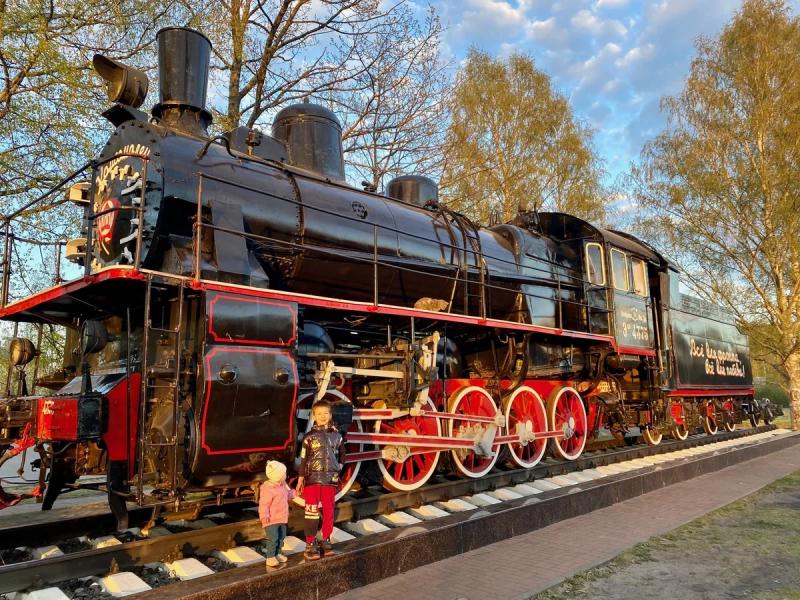
Steam locomotive at Lake Lazhozhskoye station. Photo by ATOR
How and how long to go: it’s about 60 km from the city center to the Osinovetsky lighthouse, but the road may be busy – it’s better to have two hours left.
What to do on Ladoga:
-
Be sure to visit the Museum of the Road of Life with an excursion. And be prepared for the fact that this will not be an “easy walk” – the stories of the guides “take by the soul”, it seems that almost no one can resist emotions here. Emotional impulses are rewarded with an abundance of invaluable information and fascinating landscapes
-
Look at the Osinovetsky lighthouse, of course. It is beautiful in any weather, but perhaps the most picturesque landscapes here are in the off-season.
-
You can take a snack with you and settle down on a more rocky part of the coast – between the lighthouse and Lake Ladoga station. From there, Ladoga, especially in windy weather, looks especially majestic.
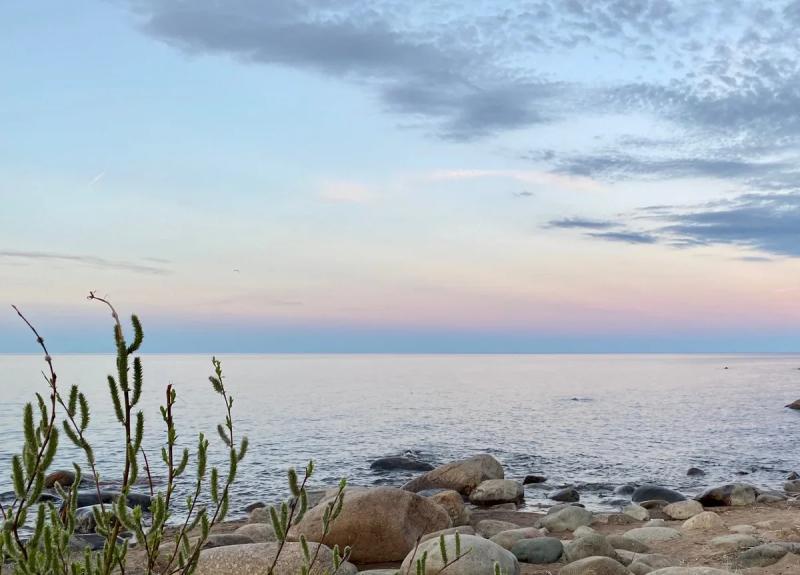
The coast of Ladoga in the evening. Photo by ATOR
-
Get to the Ladoga Lake station and look at the steam locomotive (especially spectacular at sunset).
-
There, at the railway station, on the other hand, you can see a monument created from the wrecks of ships sunk in Ladoga. We will not reflect now – everyone should get their own emotions from him.
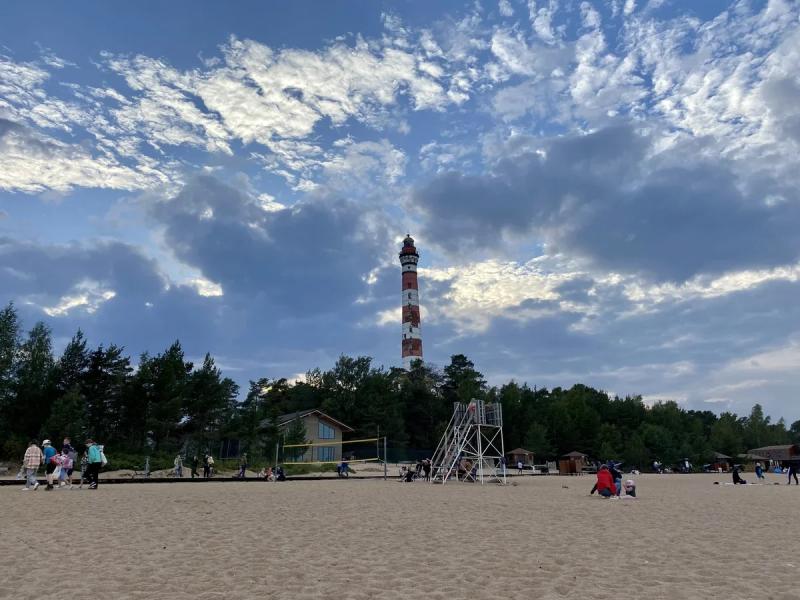
Osinovetsky Lighthouse on Ladoga. Photo: ATOR
What to do on the way:
-
In Vsevolozhsk, visit the museum Aviators’ House to find out how the pilots ended up at the cheese factory
-
At the entrance to the lake – get out at the monument The Broken Ring and think about the eternal
-
You can just stop at a piece of forest you like and take a walk, pick blueberries
-
On the way back, you can buy homemade potatoes from grandmothers in one of the surrounding villages.
ROUTE THREE: WE ARE GOING TO SHLISSELBURG
The Oreshek Fortress at the confluence of the Neva with Ladoga is also one of the most significant attractions of the Leningrad region. It is located in the city of Schlisselburg. Founded by the Novgorodians in 1323 by the Novgorodians, the fortress managed to be in the hands of the Swedes from 1612 to 1702. By the way, it is in these places: on the Karelian Isthmus, near Ladoga, that the passage of time is especially felt. Here, on these lands, something was constantly happening. And mostly – someone was at war with someone.
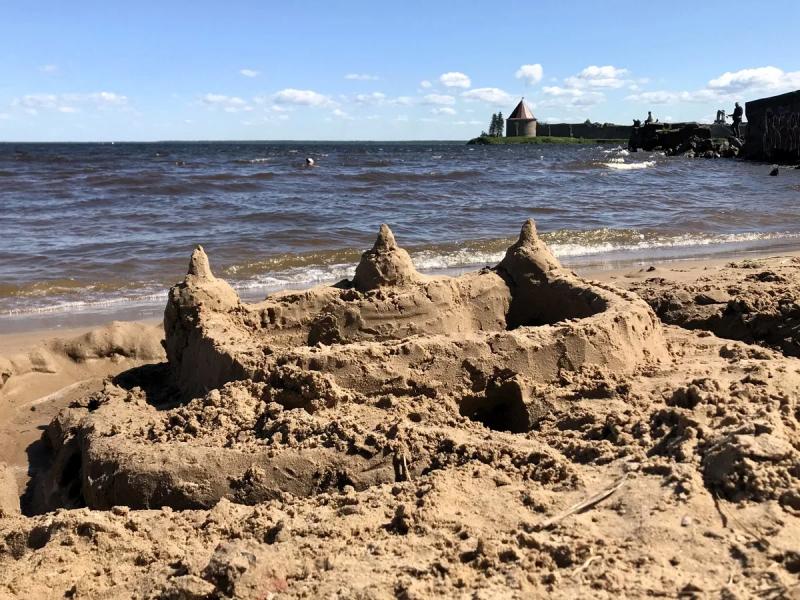
The coast of Ladoga, a view of the Oreshek fortress. Photo by ATOR
How and how much to go: you can also go through Vsevolozhsk, you can go along the Murmansk highway, or you can (this way is the farthest, but also the most picturesque) – along the banks of the Neva. It is also about 50-60 km to go, you need to put at least 1.5 hours on the road.
What to do in Shlisselburg:
-
To go by boat to the fortress of Oreshek, of course. The crossings work from both sides: both from the city and from the village of im. Morozova. Again, you need to understand that you will have to take into account the schedule of water transport to visit. It is better to lay about 2 hours for a visit to the fortress.
-
Visit the Museum of the history of Schlisselburg
-
Take a walk at the docks
What to do on the way:
-
If you go through Vsevolozhsk, then you will find yourself on the Road of Life – we wrote about it above
-
If you go along the Murmansk highway, then in this case it is most convenient to visit the panorama museum”Breaking the siege of Leningrad”
-
If you drive along the banks of the Neva River, you can also go to this museum. And during part of the way you will have wonderful views of the river.
ROUTE FOUR: OLD AND NEW LADOGA
Until recently, these places were deprived of tourists, but very in vain. For a day trip, it is difficult to find destinations more picturesque and unusual than two Ladoga.
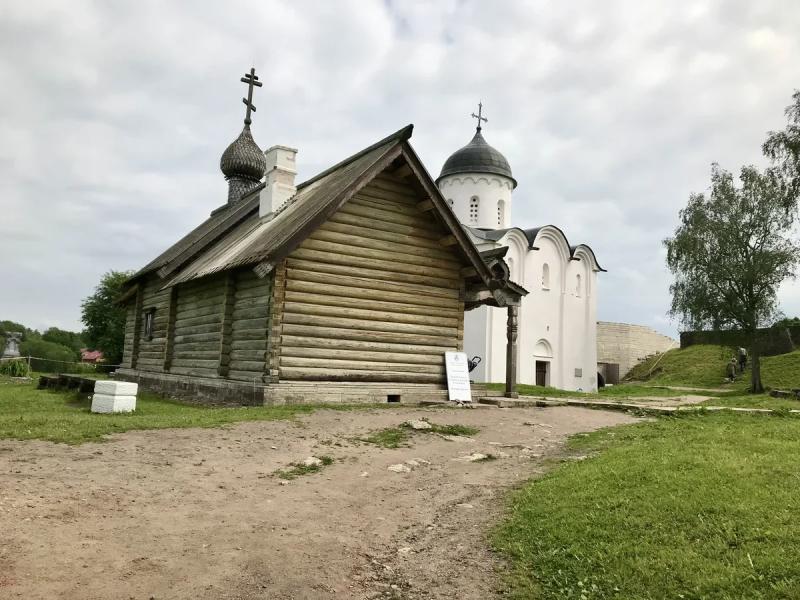
Staraya Ladoga. Photo by ATOR
How and how far to go: about 140 km along the Murmansk highway. It will also take about two hours for the whole journey: despite the much longer distance, the road here is much freer than the way through Vsevolozhsk.
What to do in Staraya Ladoga:
-
Take a walk in the Old Ladoga fortress, of course. Old Ladoga is sometimes called the first capital of Russia, it is mentioned in the Tale of Bygone Years and, they say, from here Rurik ruled even before he reached Novgorod (Old Ladoga, like Novgorod, stands on the Volkhov River)
-
Take a walk around the mounds and decide for yourself whether one of them may be related to the Prophetic Oleg.
-
Imagine that the first people on these lands appeared in the III century BC.
-
If you guess the dates, you can get to the festival of reenactors.
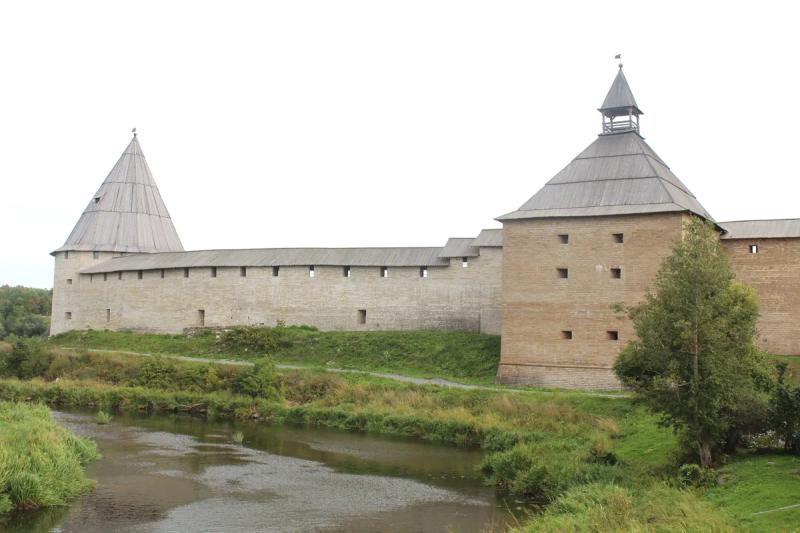
Staraya Ladoga is one of the ancient capitals of the Russian state, known for its fortress. Photo – ATOR
What to do in Novaya Ladoga:
-
Look at the lockless The Novoladozhsky channel. Small in size, it actually played a huge role in the development and formation of the economy of the entire region, greatly facilitating navigation – Ladoga was poorly overcome for the fleet of the early 18th century, when Peter the Great founded shipyards here and began the construction of hydraulic structures.
-
Sit on the banks of the ancient Volkhov River. These places are worth just seeing – you don’t need to look for special reasons.
-
See monument of the Ladoga Military Flotilla
-
Find the Alexander lighthouses and look at them from the water

Bank of the Volkhov River. Photo ATOR
ROUTE FIVE: WE ARE GOING TO CAVES AND WATERFALLS
Sablinsky caves – this is some exception to the rule we have announced. Of course, their visits must be arranged in advance. Excursions for children and adults are held regularly. And to start the day with them.
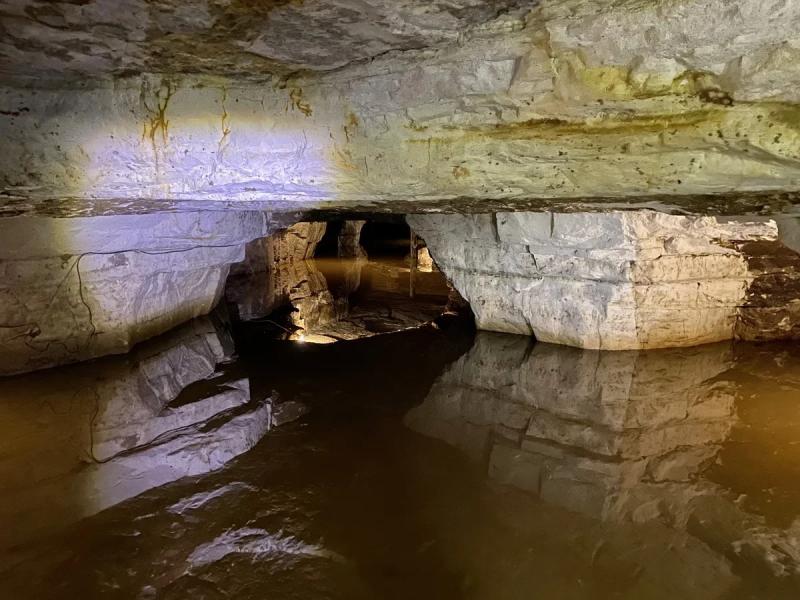
Sablinsky caves. Photo by ATOR
How and how far to go: drive from the city along the M10/M11, about 70 km. From the center. Taking into account the fixed start time of the tour, it is better to put two hours on the road, although in fact you will get there in 1.5 hours.
From Moscow to St. Petersburg by car: how much does it cost to travel now and when does it make sense to go
Where to go from St. Petersburg by car. Five routes for an exciting road trip
What does an ideal car trip look like for Russian tourists
What to see and do
-
Accordingly, you can visit the Sablinsky caves themselves with an excursion. Quartz sand was extracted from red and white sandstone here until the beginning of the XX century, which was necessary for active construction in St. Petersburg. Mining stopped in 1924, but the man-made caves remained. They were filled with myths and legends andthey are now showing it to tourists.
-
Go to Alexander Nevsky Park and observation deck over the Tosna River
-
Stop at Sablinsky Waterfall (more precisely, waterfall)
-
Come to Tosnensky waterfalls to spend a couple of hours here. First of all, it’s just beautiful around here. Secondly, on a fine sunny day, you can wander barefoot along the river and splash in shallow water as much as you like. It’s mostly neat. The waterfalls are not high, but they are really present.
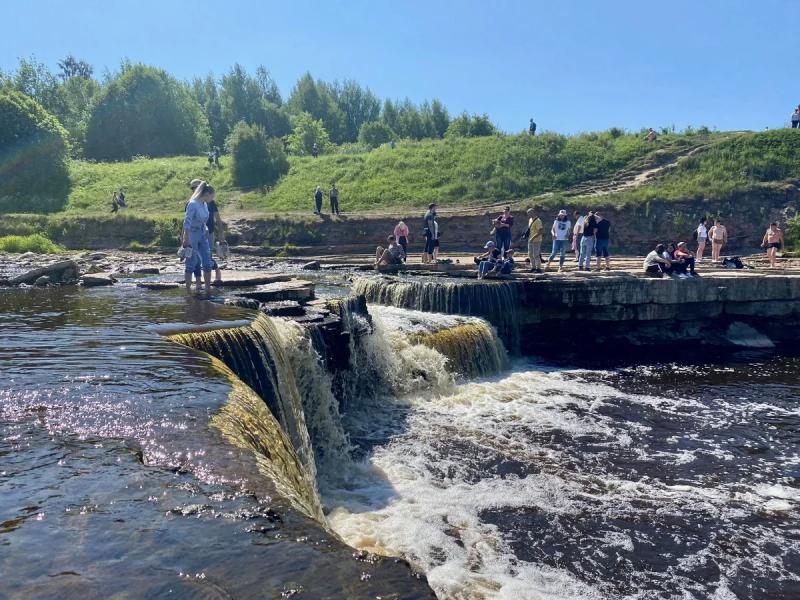
Tosno Waterfalls. Photo ATOR
ROUTE SIX: WE ARE GOING TO THE MOST ANCIENT FORTRESS, TAKING THE CHILDREN TO THE AIRFIELD
The oldest in the Leningrad region, but well preserved Koporye fortress will decorate your collection of local fortresses. It was founded in the second third of the XIII century. You can visit the fortress only in a group by appointment. You can watch outside as much as you want and for free.
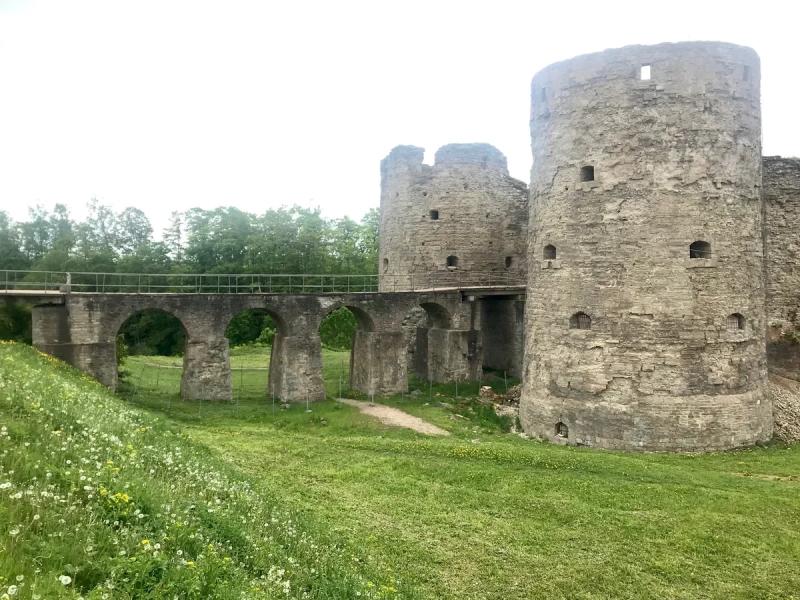
Koporye Fortress. Photo by ATOR
How and how much to go: drive from the center about 120 km along the ring road and Gostilitsky highway or through Krasnoe Selo. On the one hand, there are quite free roads, on the other, they are narrow. It will take at least 1 hour and 40 minutes to get there.
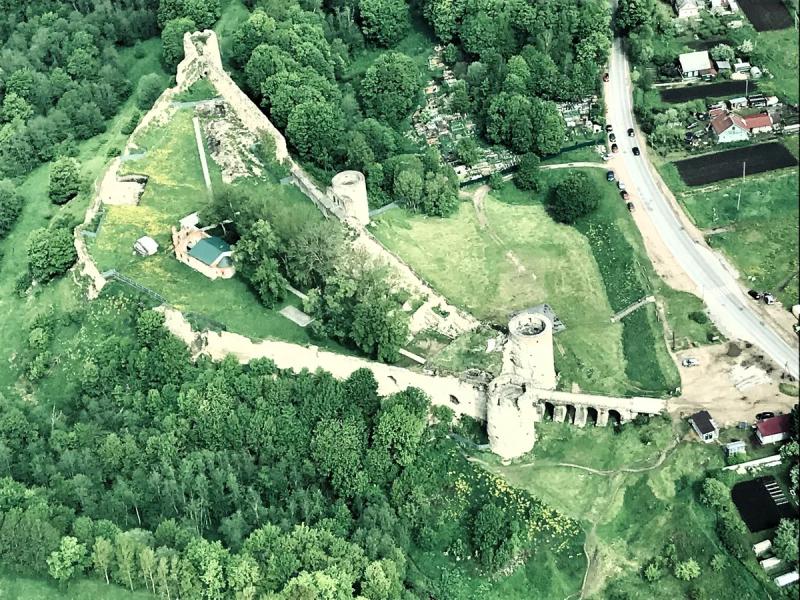
Koporye fortress from the air. Photo ATOR
What to see and do:
-
Koporye fortress, which has been visited several times by both Russian and Swedish
-
The natural monument – radon springs and lakes – is located near the village of Lopukhinka, it is convenient to descend to it by an equipped ladder. On the way there is a lot of useful information about protected areas. But before the trip, you can prepare a little and read on the website of the specially protected natural territories of the Leningrad region about Ordovician limestones, Cambro-Ordovician sandstones and bicarbonate waters. Nothing is clear, but you can just learn by heart and surprise with the knowledge of visiting Muscovites.
-
If you are traveling with children, then on the way there or back it makes sense to stop at the Gostilitsa airfield. The enthusiastic staff there conduct very interesting excursions for future aviators. They let them into the hangars where light aircraft are located, and give them a helmet and glasses to try on. And there in the cafe they sell the most delicious rolls in the Leningrad region.
ROUTE SEVEN: WE TRAVEL ALONG THE SEA TO PRIMORSK
And here the main thing is not to confuse: Primorsk and Priozersk are two completely different citiesand. One on the “sea”, the other on the lake, yes. Without much imagination. The Lutheran temple can be made the final point of this journey. But the road along the shore of the Gulf of Finland is also of great interest to curious tourists. And there are legends that the water in the bay becomes salty just in time for Primorsk. We will not say whether this is true or not – check for yourself.
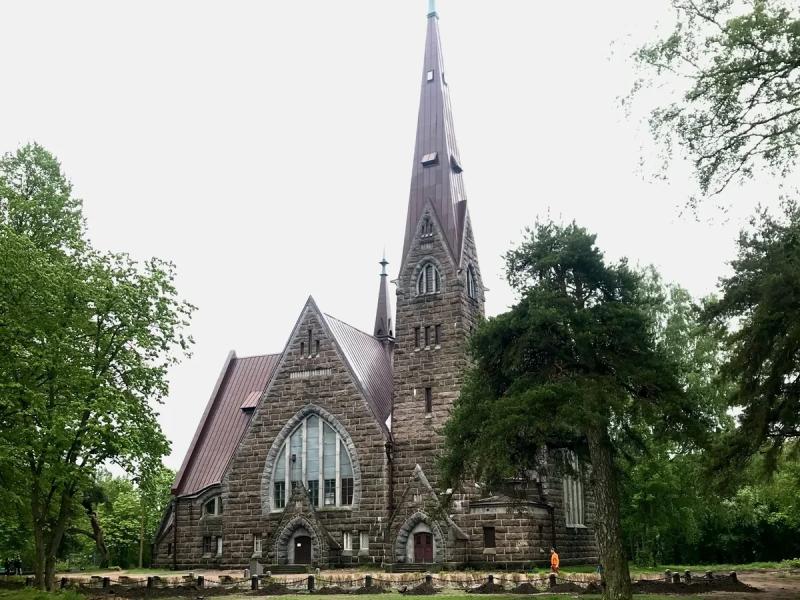
Church of St. Mary Magdalene in Primorsk. Photo by ATOR
How and how far to go: 130-140 km. Along the Primorsky highway. You can cross part of the city’s road using the toll expressway, but then you will miss the Sestroretsky railway station. If you drive non–stop, it’s about 2.5 hours. But why go non-stop if that’s the point? Plan on traveling all day.

All Petersburgers like to walk by the Gulf of Finland, even four-legged ones. Photo ATOR
What to see and do in Primorsk and on the way:
-
Take a walk around cthe Church of St. Mary Magdalene – a Lutheran church built in 1904 in the style of Finnish Romanticism in Priozersk.
-
Admire views of the bay from different points of the road, chase seagulls on the beaches
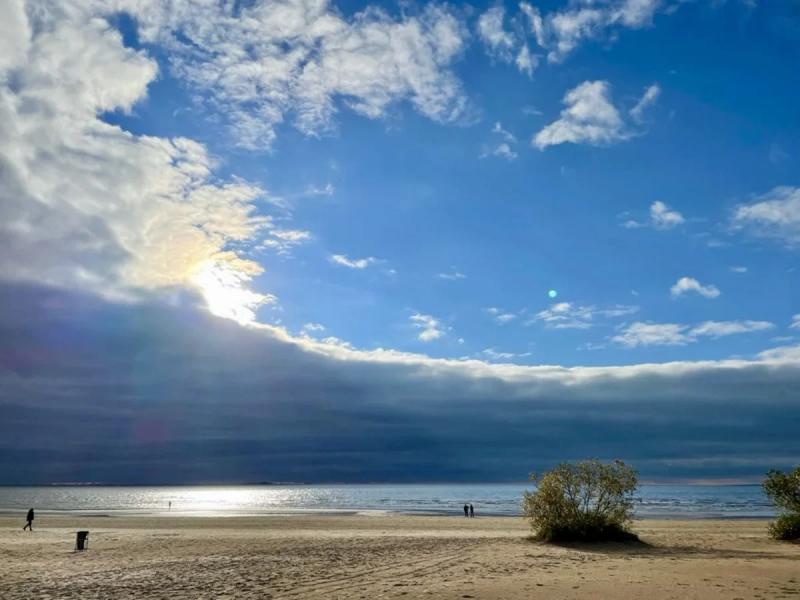
Finnish Coast the gulf. Photo by ATOR
-
Find the stone anti-tank structures of the Mannerheim line (this is the opposite end of it in relation to the pillbox, which we recommended to look at on the first route)
-
See the picturesque sand dunes near Zelenogorsk (if you go out, it’s better on the way “there” so as not to turn around)
-
Having a small picnic in a picturesque place overlooking the bay is one of the favorite local activities
-
Have lunch at one of the many restaurants along the highway
-
View the wooden station building in Sestroretsk
-
Evaluate the naming in the area of the Fox’s nose and compare it with Losevo.
-
Send your friends a lot of colorful photos against the background of water and pine trees – let them envy.
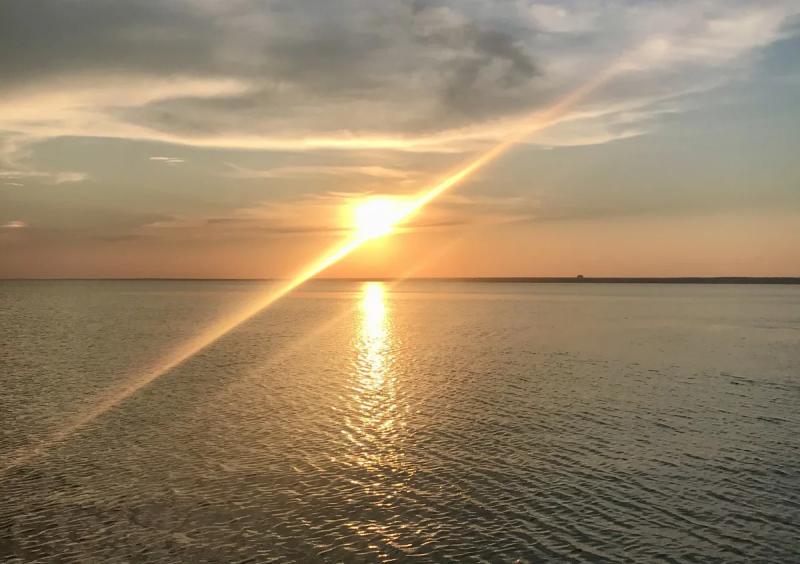
Sunset over the Gulf of Finland. Photo ATOR
And we will hope that we have given you enough ideas to last until the end of the golden autumn. And what to do in the Leningrad region in winter – we’ll tell you later. In the meantime, share your favorite routes on the ATOR telegram channel
Ekaterina Tropova

